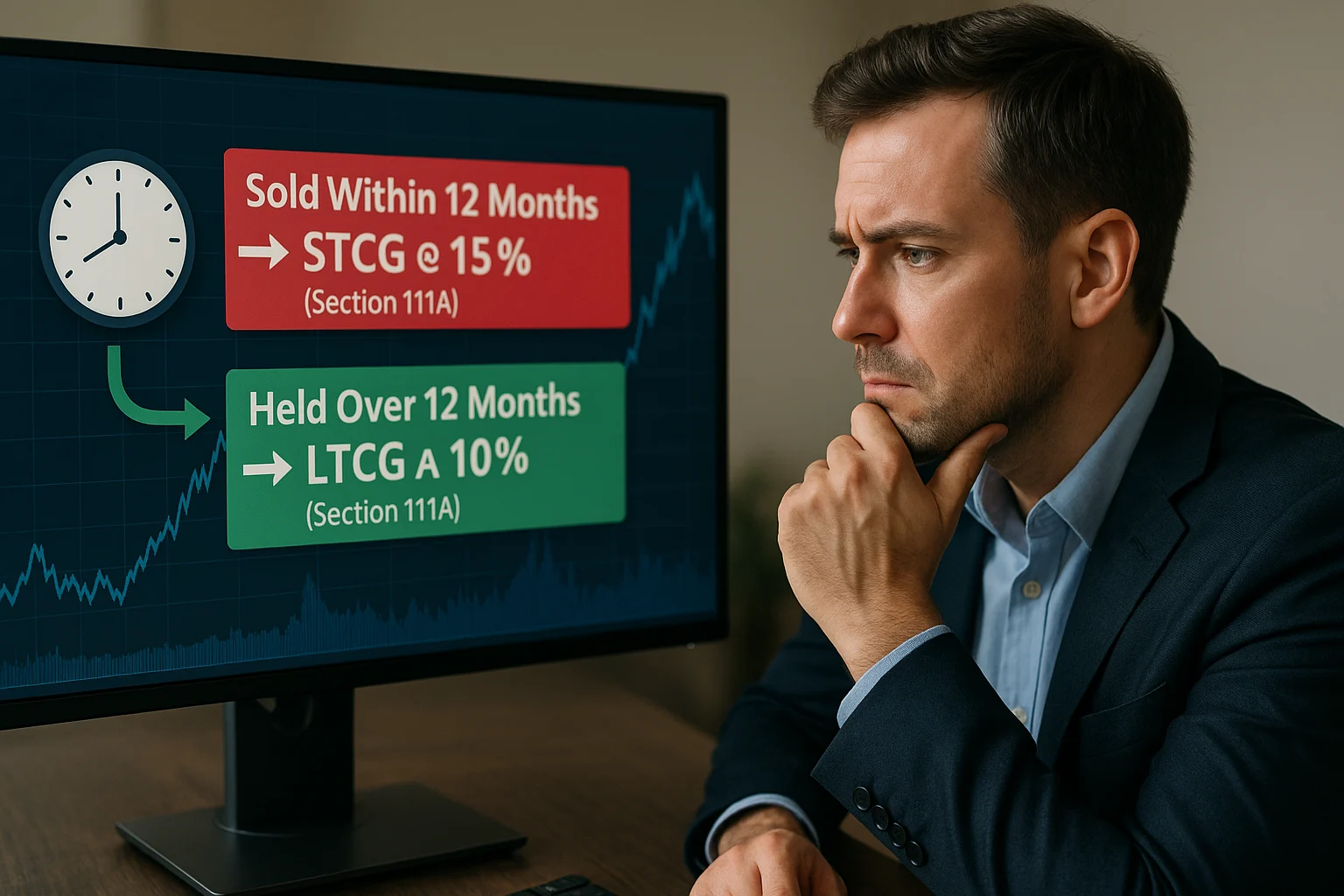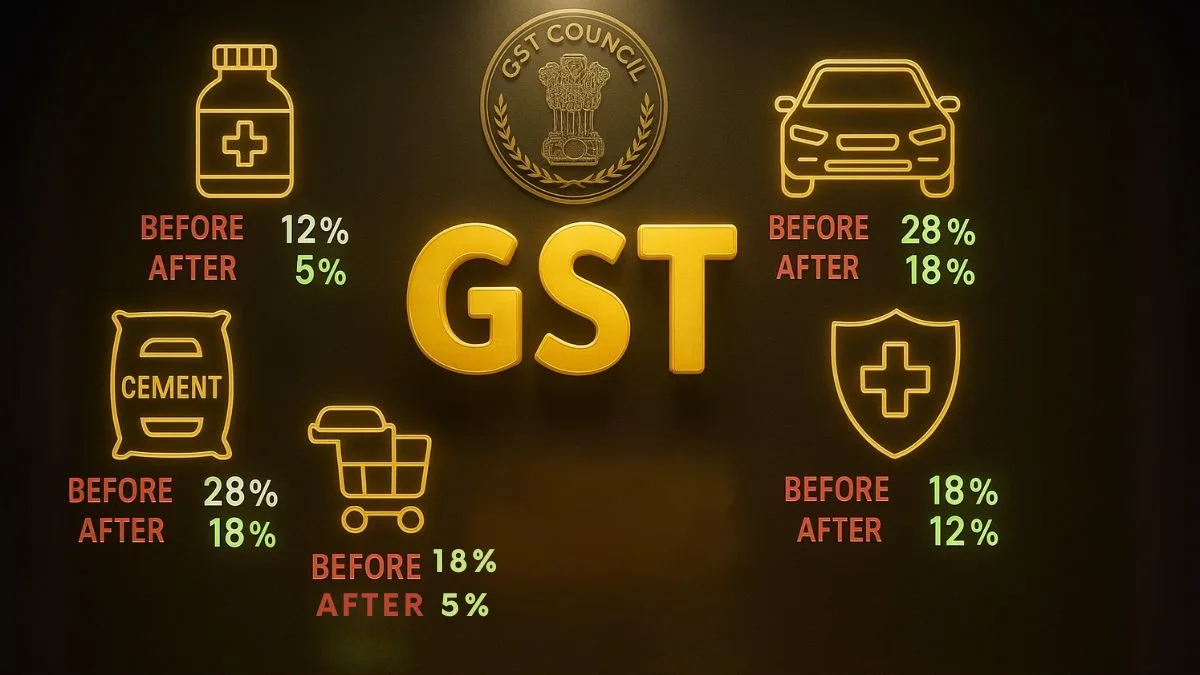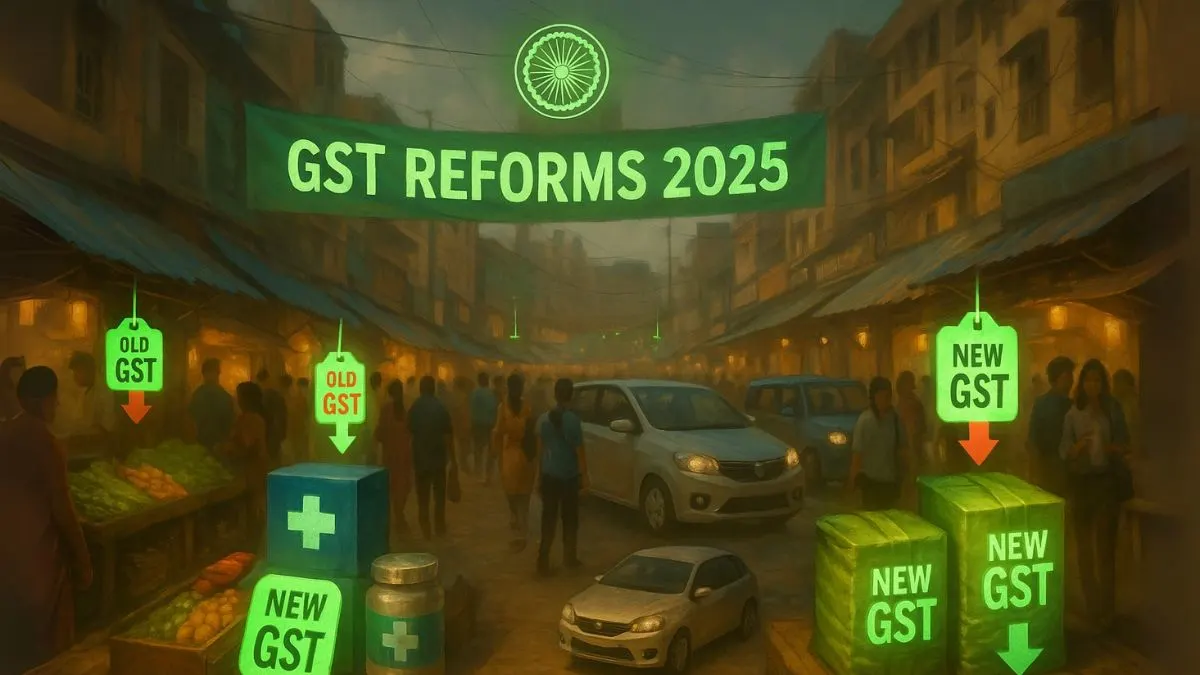
For most salaried individuals in India, Provident Fund (PF) is not just a retirement savings—it is a key component of their financial security. While Provident Fund enjoys various tax benefits, there are situations where the accumulated balance of a Recognized Provident Fund (RPF) becomes taxable. This is where Section 111 of the Income Tax Act comes into play.
In this blog, we will explain Section 111 in simple words, covering when it applies, how the taxation works, and what you should keep in mind to avoid surprises when withdrawing your PF.
What is Section 111 of the Income Tax Act?
Section 111 of the Income Tax Act, 1961, deals with the taxability of the accumulated balance of a Recognized Provident Fund (RPF) when certain conditions are not met.
In simple terms, when an employee withdraws the accumulated balance of their recognized provident fund before completing the minimum required service period (usually 5 years), the amount becomes taxable under this section.
This means:
✅ The tax-exempt status of PF is withdrawn.
✅ The employer’s contribution, the employee’s contribution, and interest earned all become taxable.
✅ The employee is required to pay tax at the rate applicable or as specified under Section 111."
When Does Section 111 Apply?
Section 111 applies when:
✔ An employee withdraws the entire balance of the Recognized Provident Fund before completing five continuous years of service with the employer (exceptions apply in case of death, disability, or business closure).
✔ The withdrawn amount exceeds the prescribed limits for tax exemption.
In such cases, the entire accumulated balance is treated as part of the employee’s total income, and tax is levied accordingly.
Key Points About Taxation under Section 111:
1️⃣ The employer's contribution and the interest on it become fully taxable as salary.
2️⃣ The employee’s contribution, if claimed under Section 80C earlier, is also taxable.
3️⃣ The interest on the employee’s contribution is taxed under ‘Income from Other Sources’.
4️⃣ The taxpayer is required to file a return and pay tax on this amount.
👉 An assessee is required to file a tax at the rate of 15% as per the standard taxation rules under Section 111 for certain cases.
Tax Rate under Section 111:
Under Section 111, the tax on the accumulated balance of the Recognized Provident Fund is charged at a flat rate of 15% if specific conditions are met. However, in most cases, the withdrawal is taxed at the individual’s applicable income tax slab.
This is why professional guidance is often required to ensure accurate tax calculation.
Practical Example:
Mr. Sharma worked for a company for 4 years and decided to withdraw his entire Provident Fund balance of ₹5 lakhs. Since his service period is less than five years, the following tax implications arise:
- Employer's contribution interest = Taxable as Salary.
- Employee’s contribution (if 80C claimed) = Taxable.
- Interest on employee’s share = Taxable under Other Sources.
Tax will be calculated under Section 111 accordingly, and Mr. Sharma will have to include this in his income tax return.
Tax on Recognized Provident Fund: Key Insights
✅ PF withdrawals after 5 years are fully tax-exempt.
✅ Premature withdrawal triggers taxability under Section 111 of the Income Tax Act.
✅ The entire accumulated balance of the recognized provident fund is subject to taxation.
✅ The tax adds the recognized fund balance to the employee’s total income for that year.
Exemptions from Tax under Section 111:
You don’t have to pay tax under Section 111 if:
- The employee is terminated due to ill health or disability.
- The employer’s business shuts down.
- The PF balance is transferred to a new employer’s PF account.
In such cases, the withdrawal remains tax-free despite not completing 5 years.
Compliance Under Section 111:
If you fall under the purview of Section 111:
✅ Ensure proper disclosure of the PF withdrawal in your ITR.
✅ Pay any additional tax, including the 15% rate, if applicable.
✅ Retain documentation for future reference.
Failure to comply can lead to penalties, notices, and even interest on unpaid taxes."
Frequently Asked Questions (FAQs):
Q1. What is Section 111 of the Income Tax Act?
It deals with the taxation of the accumulated balance of a recognized provident fund when withdrawn before 5 years of service.
Q2. What is the tax rate under Section 111?
A flat 15% rate may apply in certain cases, or the tax is levied based on applicable income tax slabs.
Q3. Is PF withdrawal after 5 years taxable?
No, withdrawals after 5 years of continuous service are fully tax-exempt.
Q4. Can I avoid tax on premature PF withdrawal?
Only if the premature withdrawal is due to specified reasons such as ill health, closure of business, or transfer to a new employer’s PF.
Q5. Do I need to declare PF withdrawal in ITR?
Yes, if it’s taxable under Section 111, you must declare it and pay the applicable tax.
Conclusion:
Section 111 of the Income Tax Act ensures that the tax benefits of Provident Fund savings are preserved for those who use it as intended—for long-term security. Premature withdrawals attract tax to maintain fairness in the system.
Understanding the implications of tax on the accumulated balance of recognized provident fund helps you plan better, avoid surprises, and stay tax compliant.
Planning to withdraw your Provident Fund? Don’t get caught off-guard by unexpected taxes under Section 111—let the experts at Callmyca.com help you calculate, file, and save taxes the smart way. Book your free consultation now!











